Barbados natural disasters: prone to hurricanes, floods, and earthquakes, grapples with the immense economic costs of natural disasters. From the staggering financial toll to the disruption of vital sectors like tourism and agriculture, the island’s resilience is tested time and again.
With the government’s proactive measures and international support, Barbados strives to mitigate the impact and build a more resilient future against these unpredictable forces of nature.
The Unpredictable Nature of Natural Disasters
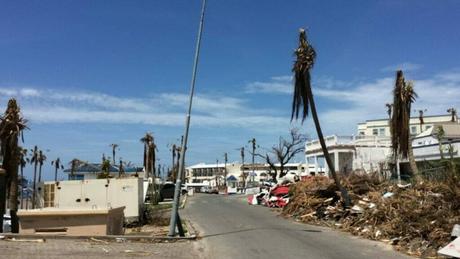
Like many of its neighboring Caribbean islands, Barbados is no stranger to natural disasters. Hurricanes, floods, and occasional earthquakes form a formidable trio, creating an environment of constant vigilance and resilience.
The financial implications of these disasters are staggering. A study by the United Nations Office for Disaster Risk Reduction found that between 1970 and 2019, natural disasters cost the Caribbean region’s economy roughly $153 billion. Barbados, despite its relatively small size, has had to bear a considerable share of these losses.
The High Price of Paradise
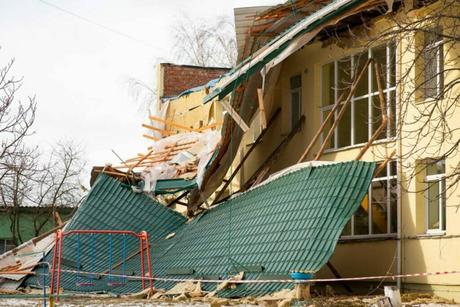
The most damaging of these natural calamities, by far, are hurricanes. They arrive with little warning, carrying deadly winds and causing catastrophic flooding. The damage can be immense, with economic costs sometimes reaching into the billions.
Take, for example, the infamous Hurricane Janet that ravaged Barbados in 1955. According to the Caribbean Disaster Emergency Management Agency (CDEMA), it is estimated to have cost $11.2 million in damages, which was a significant sum at the time. That amount would be more than $105 million now after accounting for inflation.
Now, remember that these costs are not just about physical destruction. They extend to the disruption of lives and livelihoods. Schools close, businesses shut down, and infrastructure becomes compromised, causing a cascade of economic challenges that persist long after the storm has passed.
The Ripple Effect on the Economy
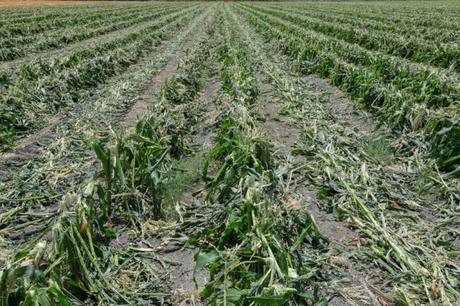
When the immediate damage is done, the ripple effect begins. Essential sectors such as agriculture, tourism, and infrastructure take a massive hit, impairing the country’s economic stability and growth.
Tourism, being the lifeblood of Barbados’ economy, suffers enormously. Natural disasters disrupt the usually steady flow of tourists, reducing income and forcing many businesses to close temporarily, or worse, permanently.
Over 40% of Barbados’ GDP, according to the Caribbean Tourism Organization, comes from the tourism industry. Therefore, a single natural disaster can significantly destabilize the economy.
In the meantime, the agriculture industry, another crucial part of the nation’s economic machinery, also suffers. Crops get destroyed, livestock perish, and farming infrastructure gets damaged, leading to increased food prices and scarcity.
The Strain on Public Finances
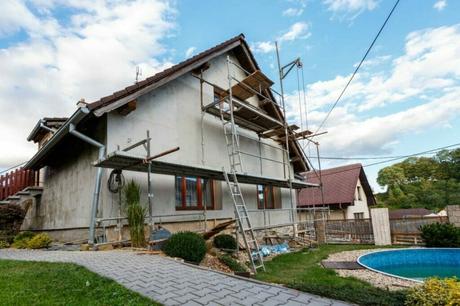
The government of Barbados regularly finds itself in a challenging situation, much like other administrations in the region. The public finances are strained as they have to shift budgetary allocations to recovery and reconstruction efforts, often at the expense of other developmental projects.
The government must also cope with an increase in the need for social services following a disaster since many people are left without a place to live, a job, or both. The strain on the government’s coffers is immense, often leading to increased debt and economic instability.
Building Resilience: A Necessity, Not a Choice
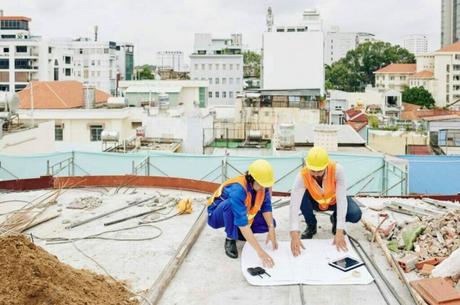
Faced with this stark reality, Barbados has been proactive in building resilience against natural disasters. The government has been investing in early warning systems, improving infrastructure, and implementing disaster risk reduction strategies.
However, these measures require significant financial resources. Due to its low resources, Barbados had to rely on loans and help from outside to pay for these initiatives, further complicating its economic condition.
Forward March: A Glimmer of Hope
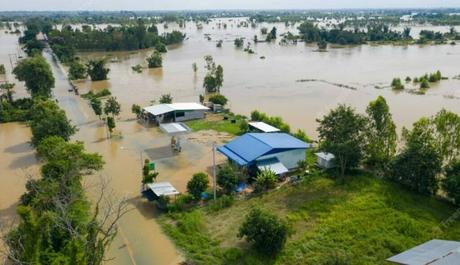
Despite the dire economic consequences of Barbados natural disasters, there’s a glimmer of hope. Small island governments like Barbados confront particular issues, which international institutions like the United governments, World Bank, and other NGOs are recognizing and addressing. These include grants, low-interest loans, and technical assistance to help the country build resilience and reduce the economic impacts of these disasters.
Moreover, the Barbadian government has been proactive in tapping into climate financing mechanisms such as the Green Climate Fund. These funds have been specifically established to aid nations in coping with climate change’s repercussions, such as the frequency and intensity of natural disasters that are happening more often and severely.
Simultaneously, Barbados has made strides in developing its economy beyond the traditional sectors of agriculture and tourism. The government has been aggressively pushing industries that are less susceptible to natural calamities, such as banking, information technology, and renewable energy. This diversification of the economy is critical in cushioning the impact of future disasters.
The Human Factor: Building a Resilient Barbadian Society
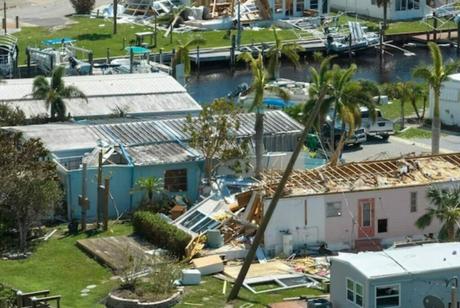
Even if data and statistics are crucial, it’s crucial to remember that this story also involves people. Natural disasters disrupt lives and communities. Yet, it’s inspiring to see how Barbadians have consistently demonstrated resilience in the face of adversity.
Their ability to bounce back, rebuild, and push forward is a testament to their spirit and determination. It’s this resilience that will be the cornerstone of Barbados’ efforts to mitigate the economic costs of natural disasters.
Personal Stories: The Human Face of Natural Disasters
The economic cost of natural disasters is more than just numbers and statistics. It’s about the human lives affected and the stories of resilience that emerge in their wake.
Take the story of Marva, a small shop owner in Bridgetown. When Hurricane Elsa hit, Marva’s shop was badly damaged. She had to close for weeks for repairs, losing her only source of income. Despite these setbacks, Marva was determined to bounce back. With assistance from the local community and a small government grant, she was able to reopen her shop.
The Clarke family’s tale, who lost their house in the hurricane, is another. Despite this devastating loss, they found strength in their community, receiving support and shelter from neighbors and local aid organizations.
These stories are a reminder that the economic cost of natural disasters is deeply personal. It’s about real people facing real challenges and showing remarkable resilience in the face of adversity.
Public Awareness and Education: The First Line of Defense
One of the best ways to lessen the economic effects of natural disasters is through public awareness and education. Knowledgeable folks know what to do before, during, and after a crisis, which significantly lessens its impact.
To raise people’s knowledge of natural catastrophes, initiatives have been made in Barbados. For instance, the Department of Emergency Management regularly conducts community outreach programs and disaster preparedness workshops. Schools also include disaster education in their curricula, teaching students about different types of disasters and appropriate response measures.
Public awareness campaigns are also amplified during the Atlantic Hurricane Season, reminding Barbadians to prepare their homes and emergency kits. This greater awareness and readiness can decrease property damage, save lives, and ultimately minimize the economic impact of natural catastrophes.
A Review of Disaster Mitigation Policies

The Barbadian government has implemented various policies and measures to combat the economic cost of natural disasters. These include the creation of the Comprehensive Disaster Management Plan and the implementation of the Disaster Emergency Fund.
However, while these measures have provided some relief, their effectiveness is still a subject of ongoing review. Issues such as adequate funding, timely response, and comprehensive coverage continue to be areas of concern. Further investments and improvements in these areas will be crucial in reducing the economic impact of future disasters.
Mitigation Efforts: Standing Together Against Disasters
Numerous national and international organizations are putting plans in place to reduce the financial impact of natural catastrophes in Barbados in the face of these difficulties.
Locally, the Barbados Vagrants and Homeless Society (BVHS) works tirelessly to provide immediate relief to the homeless population following a disaster. On the international front, the Caribbean Catastrophe Risk Insurance Facility (CCRIF) provides Barbados, along with other member countries, with insurance coverage against natural disasters. In 2020, the CCRIF paid out $11 million to Barbados following the passage of Tropical Storm Dorian.
Similarly, the World Bank’s Disaster Vulnerability Reduction Project provides funding for infrastructure improvements and capacity building to better withstand natural disasters. It’s through collaborations like these that Barbados can hope to mitigate the economic cost of its natural disasters.
Case Studies: A Closer Look at the Impact
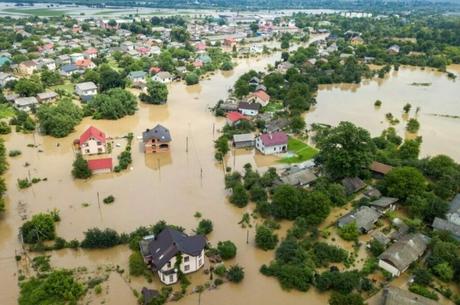
Let’s take a more in-depth look at recent natural disasters in Barbados and their economic implications.
Hurricane Elsa (2021)
In July 2021, Hurricane Elsa swept across Barbados, leaving a trail of destruction in its wake. The island faced power outages, damaged homes, and the loss of essential infrastructure. Over $35 million was projected to be the hurricane’s entire economic impact; this is a sizable number for the tiny island nation.
The agriculture sector was severely hit, with the hurricane wiping out significant portions of the island’s crops. The tourism sector also took a hit, with many resorts and tourist attractions suffering extensive damage, leading to cancellations and reduced income.
The Saharan Dust Event (2020)
While not a traditional natural disaster, the severe Saharan dust event in June 2020 was a significant challenge for Barbados. This dust event, often referred to as the “Godzilla dust cloud,” resulted in increased health problems, disruption of daily activities, and significant cleaning costs. The economic impact, although challenging to quantify, was undoubtedly felt across the island.
A Comparative Glimpse: Barbados and Its Caribbean Neighbors
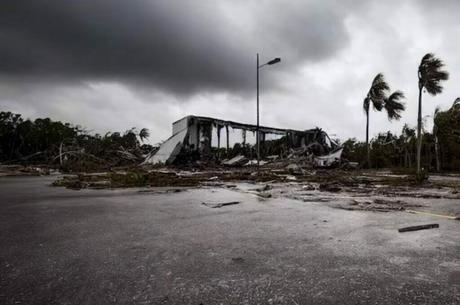
While Barbados grapples with the economic cost of natural disasters, it’s not alone. Its Caribbean neighbors, from Jamaica to St. Lucia, face similar challenges. Let’s draw some comparisons.
Take Dominica, for instance, which was devastated by Hurricane Maria in 2017. The damage was estimated at $1.3 billion, an alarming 226% of the island’s GDP. In contrast, the impact of Hurricane Elsa on Barbados in 2021, while significant, was less than 1% of its GDP. This highlights the varying degrees of vulnerability and resilience among Caribbean nations.
Adaptive Strategies: Learning from the World
As Barbados faces the increasing economic cost of natural disasters, it’s worth looking at adaptive strategies from around the world that could be applied to the island nation.
Consider the Netherlands, a country with much of its land below sea level, constantly at risk of flooding. They’ve developed an innovative approach called “Room for the River,” which involves creating areas where water can safely overflow. If applied to Barbados, such a strategy could potentially mitigate flood damage, one of the common impacts of hurricanes.
Then there’s Japan, which experiences earthquakes and tsunamis rather often. It has made significant advancements in early warning systems and disaster-proof infrastructure, which could serve as a model for Barbados.
Call to Action: Join the Effort
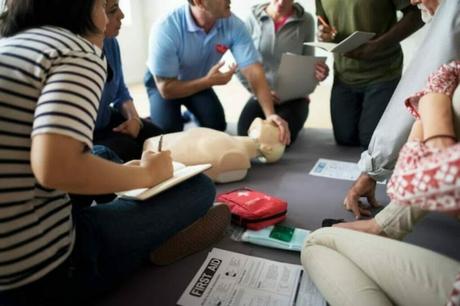
Barbados’ endurance in the face of natural calamities is commendable, but there is always room for improvement. Here’s how you, as a reader, can contribute and make a difference:
- Stay Informed: Knowledge is power. Stay informed on the most recent developments in disaster preparedness. Recognize the dangers and discover what to do before, during, and after a disaster. Websites like the Barbados Department of Emergency Management provide valuable resources.
- Support Local Efforts: Local organizations such as the Barbados Vagrants and Homeless Society (BVHS) are always in need of support. Every little amount helps, whether it’s money, time, or spreading the word about their efforts.
- Contribute to International Aid: The Red Cross, the Caribbean Catastrophe Risk Insurance Facility (CCRIF), and the World Bank are among the organizations that are always striving to lessen the effects of natural disasters in Barbados and other vulnerable areas. Your donations can help fund their vital work.
- Raise Awareness: Use your voice to raise awareness about the economic cost of natural disasters in Barbados. Share articles (like this one), create social media posts, or simply talk to your friends and family about the issue.
- Advocate for Policy Change: Encourage lawmakers and officials to prioritize disaster mitigation and climate change adaptation in their policies. Your voice can help drive change.
Remember, every action, no matter how small, contributes to the larger effort of building a more resilient Barbados. Let’s stand together against natural disasters.
FAQ
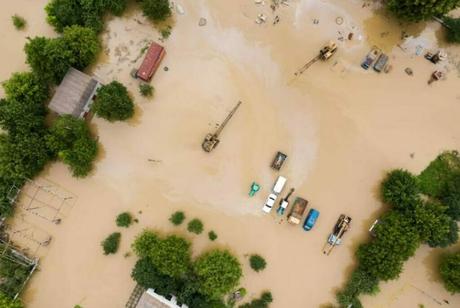
Are Natural Disasters Common In Barbados?
Natural disasters, particularly hurricanes and tropical storms, are indeed a frequent occurrence in Barbados. The island nation lies within the Atlantic hurricane belt and is susceptible to these weather events, particularly during the Atlantic Hurricane Season from June to November.
Is Barbados Prone To Earthquakes?
While Barbados experiences seismic activity due to its location on the Caribbean Plate, significant earthquakes are relatively rare. The island has been spared from major seismic events in recent history, but small tremors are occasionally felt.
What Was Barbados’ Worst Hurricane?
The most devastating hurricane in Barbados’ history is the Great Hurricane of 1780. One of the deadliest Atlantic hurricanes ever recorded, it caused destruction on the whole island and is said to have killed 4,500 people.
Is Barbados At Risk Of Flooding?
Barbados does face a risk of flooding, predominantly during the hurricane season. Tropical storm and hurricane-related heavy rains can cause flash floods, especially in urban and low-lying regions, which can seriously harm property and infrastructure.
When Was The Last Hurricane In Barbados?
As of my knowledge cutoff in September 2021, the last significant storm to impact Barbados was Hurricane Elsa in July 2021. Elsa brought heavy rain and strong winds to the island, causing power outages, infrastructure damage, and prompting a national shutdown.
What Are The Threats To Barbados?
Barbados’ primary threats stem from its vulnerability to natural disasters, including hurricanes, tropical storms, and to a lesser extent, earthquakes. The implications of climate change on the island also include changing weather patterns, eroding coastlines, and increasing sea levels, all of which pose severe concerns to its socioeconomic stability.
Key Takeaways: Economic Cost of Barbados’ Natural Disasters
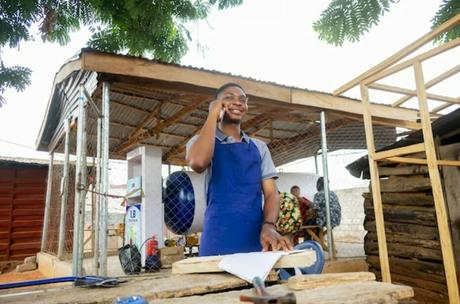
It’s clear that Barbados natural disasters come with a significant economic cost, disrupting the country’s growth and stability. However, with the right strategies and support, the country has a fighting chance to minimize these impacts and build a more resilient future.
In order to do this, Barbados must keep making investments in its infrastructure, disaster preparedness, and economic diversification. It’s a challenging task, but with international support and the indomitable spirit of its people, Barbados can turn the tide against these formidable natural foes.
The story of Barbados is one of resilience and tenacity. It is evidence of a country’s enduring determination to prosper despite terrible natural calamities. As they say in Barbados,
“We bajans have a saying – ‘wunna could tek we out de Bim, but ya can’t tek de Bim outta we’”.
– Bajan Saying
This resilience, ingrained in the very soul of the country, will be the driving force in overcoming these economic challenges.

